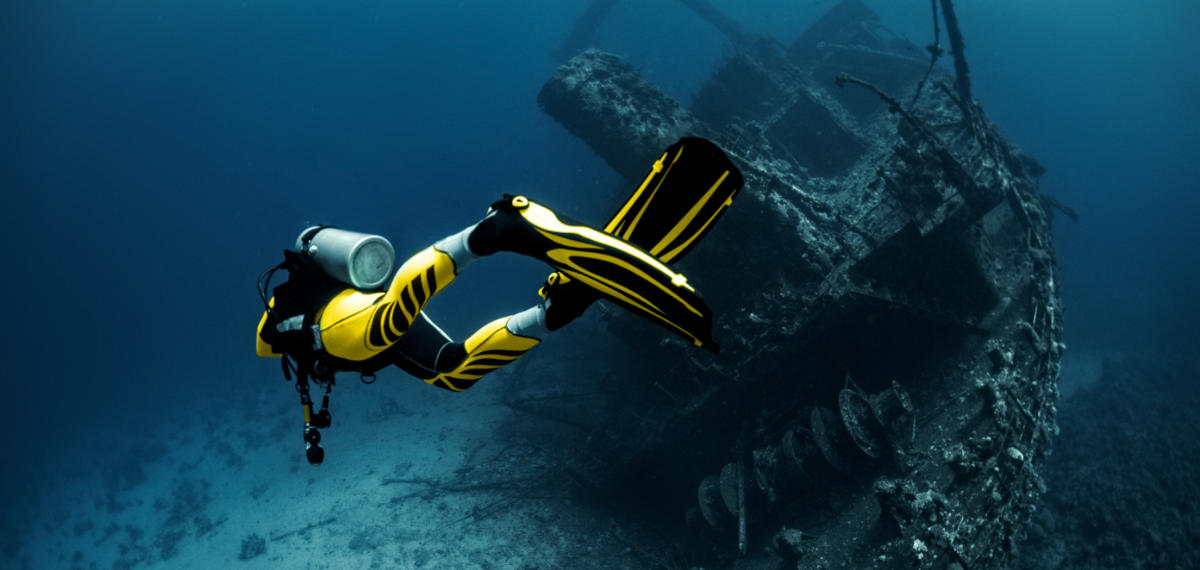The last 18 months have been challenging for land-locked divers. But as the world opens up, oceans are becoming easily accessible once again – and you don’t need to travel far with our scuba diving locations guide to appreciate what’s under the surface.
Although the UK is much cooler than the tropics, thicker wetsuits (or drysuits in winter) make it possible to dive exciting wrecks and encounter wildlife ranging from dainty seahorses to magnificent basking sharks.
The average sea temperature in the British Isles ranges from 6-10 °C in the winter, and 15-20 °C in the summer, depending on the location. But with exciting dive sites ranging from historic shipwrecks to rich wildlife habitats, there’s good reason to brave the cold and explore the underwater world closer to home.
Anyone getting into the water will undoubtedly appreciate how precious the marine environment is and – more importantly – how fragile it’s become.
Proof protection starts at home, PADI – the world’s largest dive organisation – have created the new non-profit PADI AWARE Foundation charity dedicated to driving local action for global ocean impact.
Designed to empower local dive communities to take care of their coastlines, AWARE Week (September 18-26) promotes a selection of UK events and virtual global talks.
PADI currently lists 80 dive sites in the UK, of which 38 are reef, 23 are wreck and 19 are lake. If you want to do your bit and discover some of the best scuba diving locations in the next few weeks, we’ve rounded up some of the best scuba diving locations around the UK.
Best scuba diving locations around the UK
Farne Islands
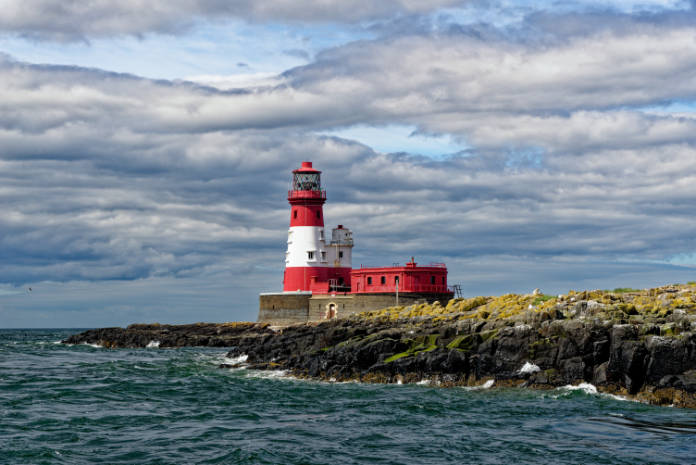
More playful than predatory, the grey seal is still Britain’s largest native carnivore. Encounter the pinnipeds in the writhing kelp beds surrounding the Farne islands off the coast of Northumberland.
Charity Saltwater Britain, who invest 100% of profits back into conservation, is organising a dive to the Farne Islands in partnership with the Blue Ventures PADI dive centre on September 24-25.
Participants will also have an opportunity to collect any underwater rubbish as part of a Dive Against Debris campaign. Price is £475 per person. Book here.
Trearddur Bay, Wales
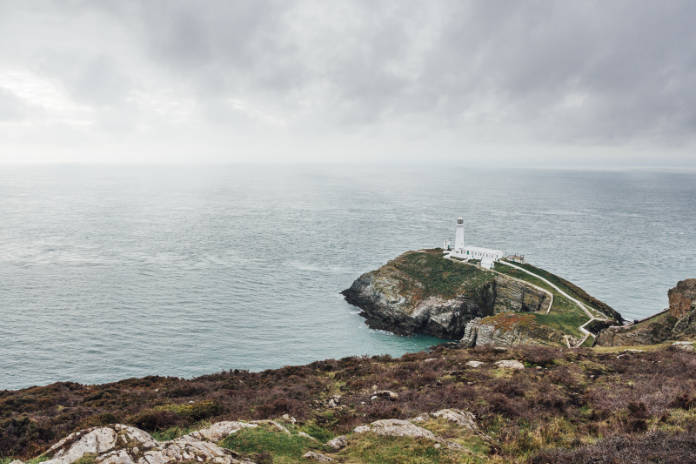
If you’re looking for a gentle re-entry into the water, the shallow 15metre dives from this rocky Welsh bay are ideal. Expect to find wrasse, cod, groupers, nudibranchs, dogfish and lots of crabs tucked into the kelp and rocks.
On September 26, Scuba Leeds will be running a three-hour Splash For Trash event giving divers of any level a chance to help remove litter from the sea – while enjoying great wildlife encounters at the same time. The event is free. Book here.
Lundy Island
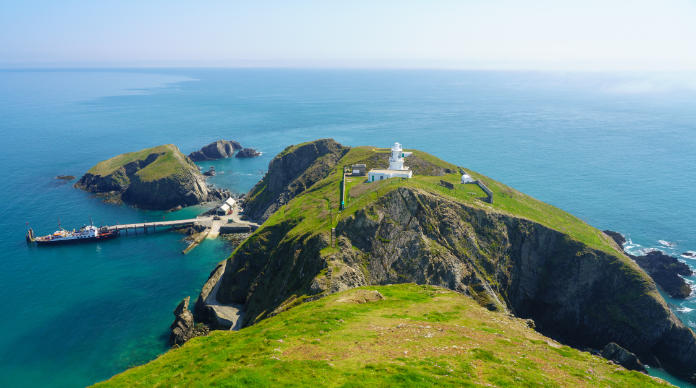
For spectacularly clear waters, head to Lundy, a small island in the entrance to the Bristol Channel. There are over 40 dive sites around the island and there’s a huge variety of marine life darting through the sea here.
This Devonshire spot was the first area to be declared a Marine Conservation Zone in the UK. Sat at the mouth of the Bristol Channel, its clear oceanic waters mix with the warmer Mediterranean. Look out for dolphins, porpoises, seals, jellyfish, lobsters and urchins.
The island has its own resident population of 200 inquisitive grey seals, who love to play with divers – although there’s a strict ‘look, don’t touch’ policy for anyone entering the water.
If you’re brave enough, you can even take part in a night dive to view the sea-life after dark.
The Ocean Turtle Diving Centre runs a Discover Local Diving – UK Sea Diving course designed for divers wishing to dip their toes into British waters for the first time. Lasting four hours, with one dive, the next event will take place on September 22. Priced £180 per person. Book here.
The Welsh coast
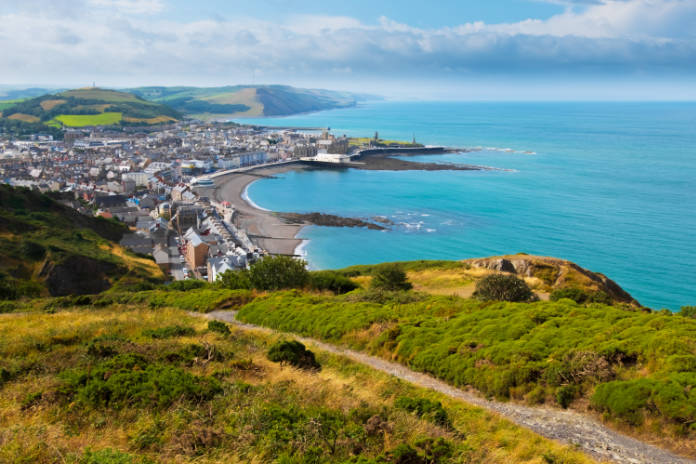
The Pembrokeshire coastline is fed with a wealth of marine life brought in by the Gulf Stream. Seals and puffins are a popular attraction, and Cardigan Bay is a prime location for dolphin and basking shark encounters.
There are more than 500 listed shipwrecks in Pembrokeshire and along the coast of Anglesey, in varying depths of water, so all levels of diver can find something suitable. But tides and currents can be challenging if dived at the wrong times.
The most popular sites of Skomer Island and Stack Rocks are easily reached by boat, while easily accessible shore dives include St Brides Haven, Martins Haven and Stockpile Quay.
Penzance, Cornwall
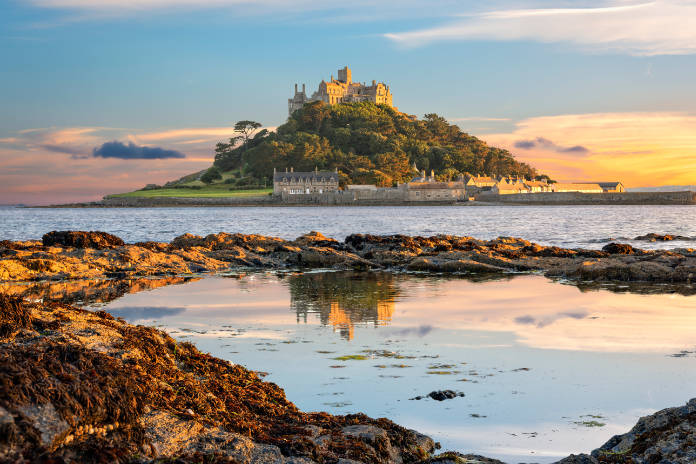
The Cornish Sea is a maritime graveyard, where submarines and steamboats come to rest. Perfect for shore diving with shallow waters up to 15m, the area is ideal for beginners and nervous divers. You’ll swim past starfish-studded reefs and maybe even some giant octopus jellyfish – and there’s every chance you might swim with seals.
Lyme Bay, Dorset
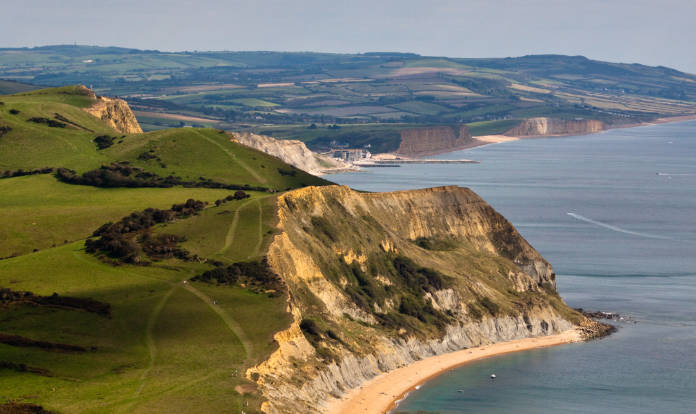
Lyme Bay is a stretch made up entirely of rocks formed during the Jurassic Period. Long stretches of high cliffs with little or no land access to the coast mean that huge tracts of seabed are as yet unexplored – but charter boats running out of West Bay and Lyme Regis are now opening the area up.
You can dive straight off the shore from many of the gorgeous beaches. If wrecks are more your thing, there are several World War casualties in near pristine condition; they lie virtually untouched since sinking. Several are within easy reach with a high-speed boat – such as their most popular wreck to dive, the SS Bretagne.
Orkney Islands/Scapa Flow, Scotland
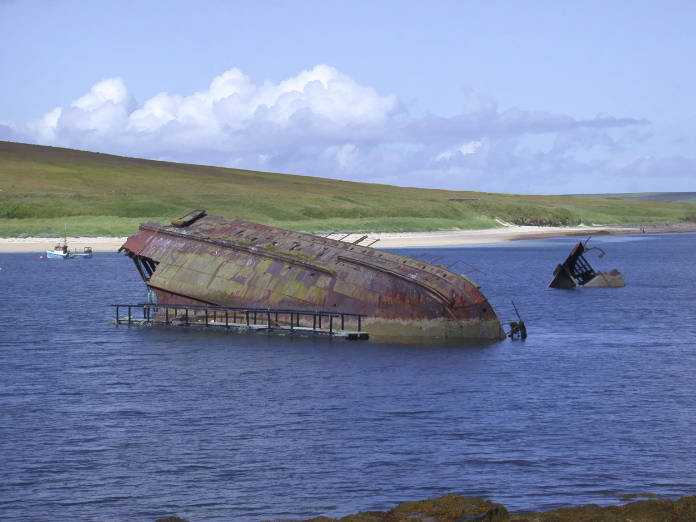
Located where the North Sea and the Atlantic Ocean meet, the beautiful, windswept Orkney Islands are an archipelago of 70 or so islands and skerries abundant in wildlife. This is where you’ll find Scapa Flow – one of the world’s largest natural harbours and one of the UK’s top dive sites.
Every year, 20,000 divers head there to see wrecks from the two world wars – including the German High Seas Fleet which was deliberately scuttled in 1919.
The ‘block ships’ (vessels deliberately sunk to block entry into the flow) have relatively shallow depths and tidal currents, providing a haven for marine life – so it’s definitely worth taking an underwater camera on this dive.
St Abbs/Eyemouth
The St Abbs and Eyemouth marine reserve, on the south-east coast of Scotland, offers simply stunning scenic diving and is one of the best scuba diving locations in the UK – Cold Arctic currents and warmer currents from the south swirl together and support diverse marine life.
There are kelp forests, tunnels and falls to swim through and colourful reefs, such as Anemone Gully, which can be reached by boat.
Take a GoPro and catch a sneaky shot of the elusive wolf fish – they’re fearsome looking, with projecting front teeth and an unusual blue colouration, and are common in Arctic waters. But they’re not found much further south of the Eyemouth reserve, making them one of the most sought-after sightings by divers.
Visit the BSAC’s Facebook page to find out about more diving clubs across the UK.























































